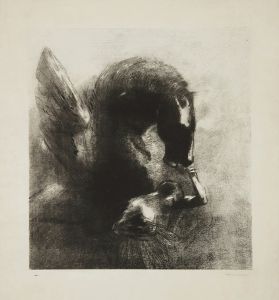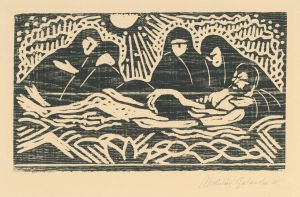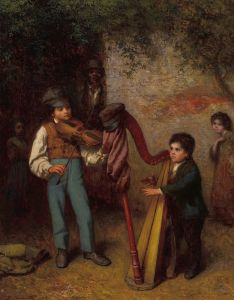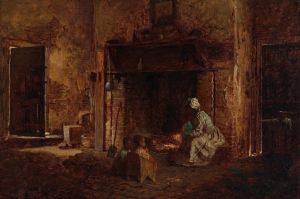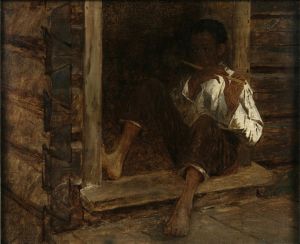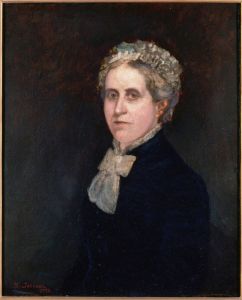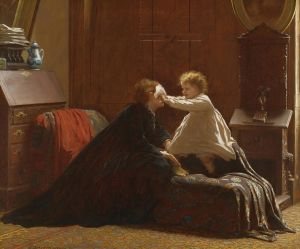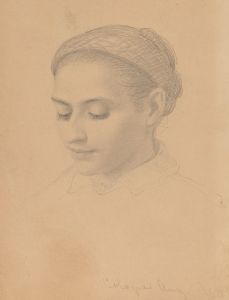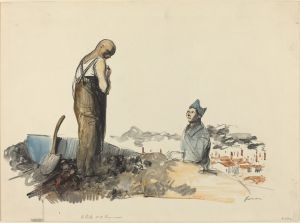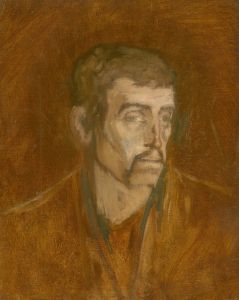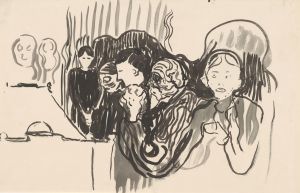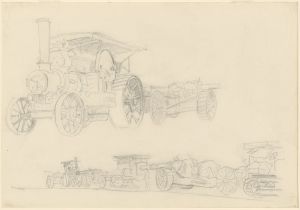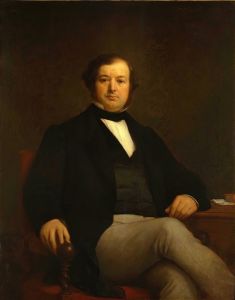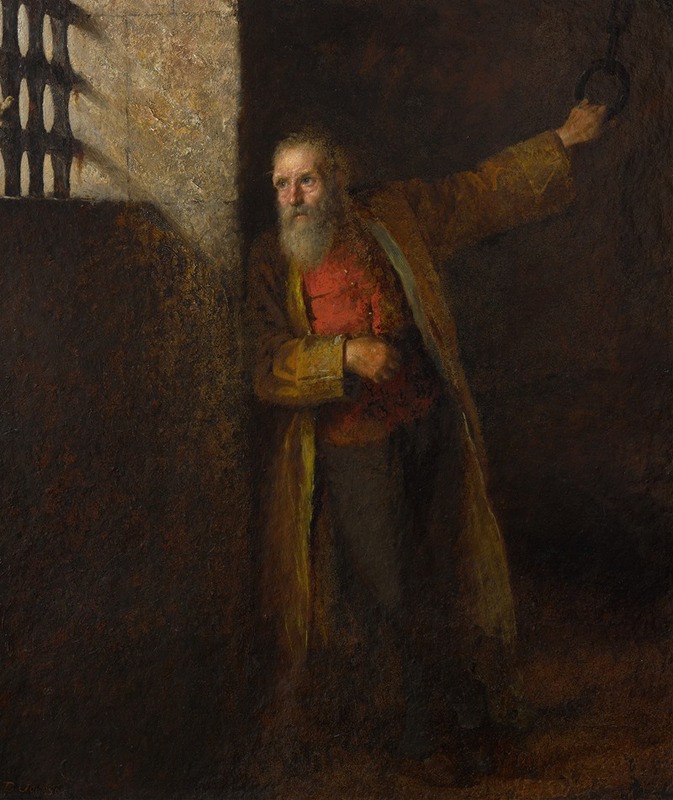
A Prisoner Of The State
A hand-painted replica of Eastman Johnson’s masterpiece A Prisoner Of The State, meticulously crafted by professional artists to capture the true essence of the original. Each piece is created with museum-quality canvas and rare mineral pigments, carefully painted by experienced artists with delicate brushstrokes and rich, layered colors to perfectly recreate the texture of the original artwork. Unlike machine-printed reproductions, this hand-painted version brings the painting to life, infused with the artist’s emotions and skill in every stroke. Whether for personal collection or home decoration, it instantly elevates the artistic atmosphere of any space.
Eastman Johnson's painting "A Prisoner of the State" is a significant work that reflects the socio-political climate of its time. Eastman Johnson, an American painter born in 1824, is renowned for his genre paintings and portraits that often capture the essence of American life in the 19th century. His works are noted for their attention to detail and the ability to convey complex narratives through visual art.
"A Prisoner of the State" was completed in 1863, during the American Civil War, a period marked by intense national conflict and division. This painting is a poignant depiction of the human condition amidst the turmoil of war. Johnson's work often explored themes of identity, freedom, and the human experience, and this painting is no exception.
The painting portrays a solitary figure, presumably a prisoner, seated in a confined space. The somber mood is accentuated by the use of dark tones and the play of light and shadow, which are characteristic of Johnson's style. The figure's expression and posture suggest a deep sense of contemplation or resignation, inviting viewers to empathize with the subject's plight. This emotional depth is a hallmark of Johnson's work, as he often sought to evoke a strong emotional response from his audience.
Johnson's choice of subject matter in "A Prisoner of the State" reflects the broader societal issues of his time, particularly the themes of captivity and freedom. During the Civil War, the concept of imprisonment took on both literal and metaphorical meanings, as the nation grappled with issues of slavery, civil liberties, and the fight for justice. By focusing on a prisoner, Johnson may have been commenting on the broader human struggle for freedom and the impact of war on individual lives.
The painting is also notable for its technical execution. Johnson was known for his meticulous attention to detail and his ability to capture the subtleties of human expression. In "A Prisoner of the State," his skillful use of chiaroscuro enhances the emotional intensity of the scene, drawing the viewer's attention to the figure's face and hands, which are rendered with remarkable precision.
Eastman Johnson's work, including "A Prisoner of the State," is held in high regard for its contribution to American art. His paintings are part of the collections of several major museums, where they continue to be studied and appreciated for their historical and artistic significance. Johnson's ability to convey complex narratives through his art has earned him a lasting place in the canon of American painters.
In summary, "A Prisoner of the State" by Eastman Johnson is a compelling work that captures the essence of a tumultuous period in American history. Through his masterful technique and thoughtful subject matter, Johnson invites viewers to reflect on the themes of freedom, identity, and the human condition, making this painting a timeless piece of art.





